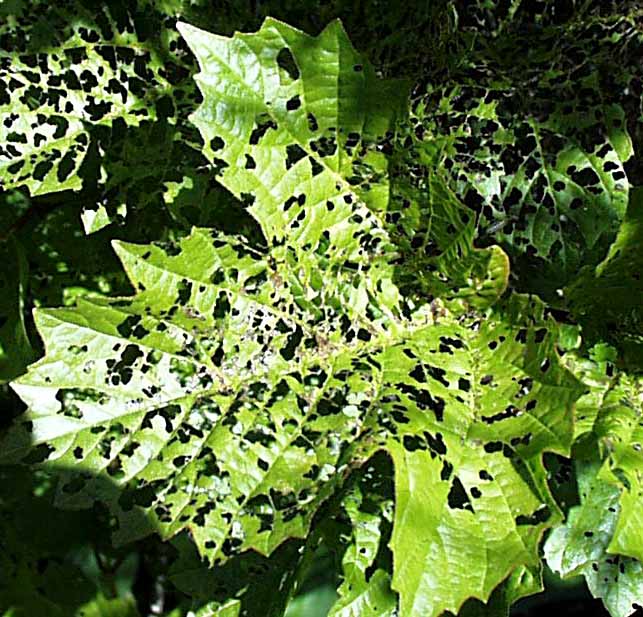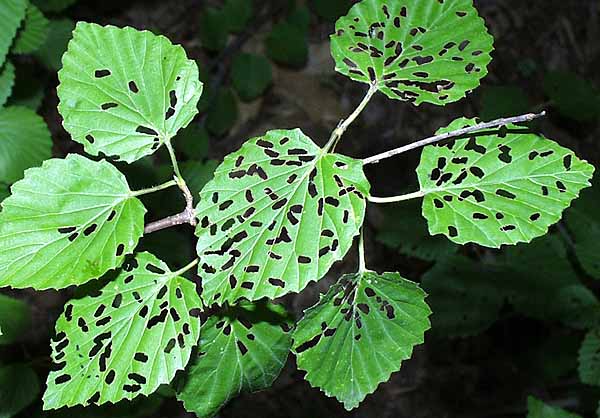The Baltic Street Community Garden and the century-old gothic P.S. 133 school building in Park Slope are threatened by School Construction Authority (SCA) plans to raze both for a new school building.
More details on the issues and what’s at stake are below the fold.
What you can do:
- Call or write to Councilman David Yassky’s office, and urge him to support the preservation of the existing garden and school, and to press for an alternative, appropriate plan.
Phone: 718-875-5200.
Email: yassky@council.nyc.ny.us
Address: 114 Court Street, Brooklyn, N.Y. 11201- Sign the online petition [http://www.ipetitions.com/petition/4thAveLandmark/]
- Come to the Community Board 6 meeting TONIGHT, 6/8 at 6:30pm where this issue will be discussed. Representatives from both the SCA and Yassky’s office will be there. Location:
Old First Reformed Church [GMAP]
729 Carroll Street
(Corner of 7th Avenue)
Brooklyn, New YorkTo learn more, please contact us at baltic.garden@gmail.com
The School Construction Authority (SCA) recently announced its plans to demolish historic PS 133 in Park Slope (375 Butler Street at 4th Avenue) to make way for a new, much larger school structure. This remarkable gothic school, a recognized historic resource designed by renowned educational architect CBJ Snyder, is a beloved community anchor.
It has been determined eligible for the State and National Register of Historic Places, and a number of other Snyder schools throughout the city are already designated local landmarks, including Morris High School in The Bronx and the former Stuyvesant High School on East 15th Street in Manhattan.
Local residents are devastated by the notion of losing PS 133 and have developed alternative plans that would allow for the building to be preserved with an annex constructed to accommodate the additional seats. The SCA has expressed no interest in considering these alternatives and has neglected to include local stakeholders in any of the discussions surrounding the proposal.
– Park Slope Snyder School to be Demo’d by NYC School Construction Authority, Historic Districts Council, 2009-06-05
An online petition to save the century old PS 133 building and adjacent 30 year old community garden has been created. Please consider signing it if you have any concerns about the NY School Construction Authority’s
proposal to tear down the current school building, and build a massive 960 seat school on the site of the garden and school playground. Construction is slated to begin in just a couple of months.The proposal has been created in haste, without any input from the planned community immediately surrounding it, and without concern for the safety of the neighborhood. There is no plan in place for handling
the toxic waste that will be disturbed and dug up on the contaminated site. Traffic concerns due to the 660 seat increase have not been adequately addressed. Neighborhood residents feel that the lightning pace of this project should be slowed, and alternative plans be considered
The School Construction Authority wants to tear down the century old PS 133 bldg (which is wait listed for the landmark status) and the Baltic St Community garden to build a nearly 1000 seat new school on that property. There are so many reasons why this proposal is flawed including:
- the surrounding community was not consulted at all, and they are against the project as it is drawn up at present.
- school is too massive for the tiny streets and houses of Baltic & Butler, which along with the garden is a planned community built nearly 30 years ago.
- traffic problems not adequately addressed. Dropping off and picking up 960 students per day is unsafe in that location. 50 school buses will be circling that small half block area.
- environmental impact study states that the site is contaminated with hazardous substances. To date, they have no plan in place on how to safely deal with the contaminated soil.
- school is sited in District 13, but they will get no increase in seats. Instead, District 15 (who is paying and pushing for this project) will get an additional 560 seats. The new bldg would house 3 separate schools–districts 13, 15, and 75, but in a very segregated way. There would be no mixing of the students. Many parents object to this segregation.
- many people feel that as soon as it is finished, rezoning will occur, granting entire school to District 15, which leaves 13 with no new benefit, just a loss of a school.
- garden has been in that site for 20 years, and has fully mature trees, shrubs, hedges, etc will be destroyed as it will be too hot in August to transplant even if new homes could be found for them. It is a unique space with thousands of sq feet for growing food in addition to the ornamentals.
- this is the only open, green space on 4th Ave for a the entire 6 mile stretch from Flatbush to the Verrazano.
Related Content
Save the Baltic Street Community Garden in Park Slope, 2009-01-21
Baltic Street Community Garden, Park Slope, Green With Envy Tour, I.6
My Flickr photo set of this garden
Links
Save 4th Ave Park Slope Landmark and Community Garden (online petition)
Park Slope Snyder School to be Demo’d by NYC School Construction Authority, Historic Districts Council, 2009-06-05



























